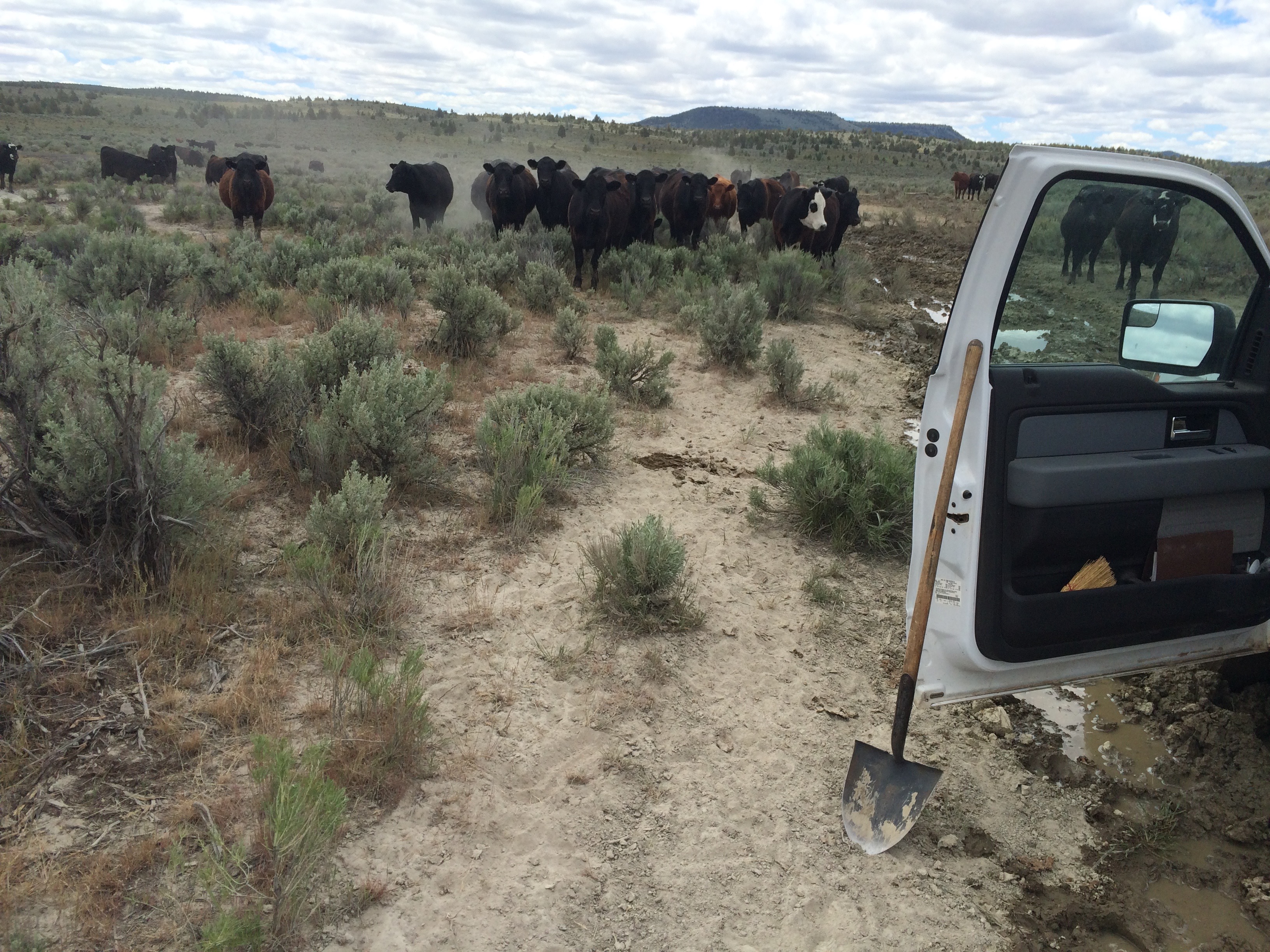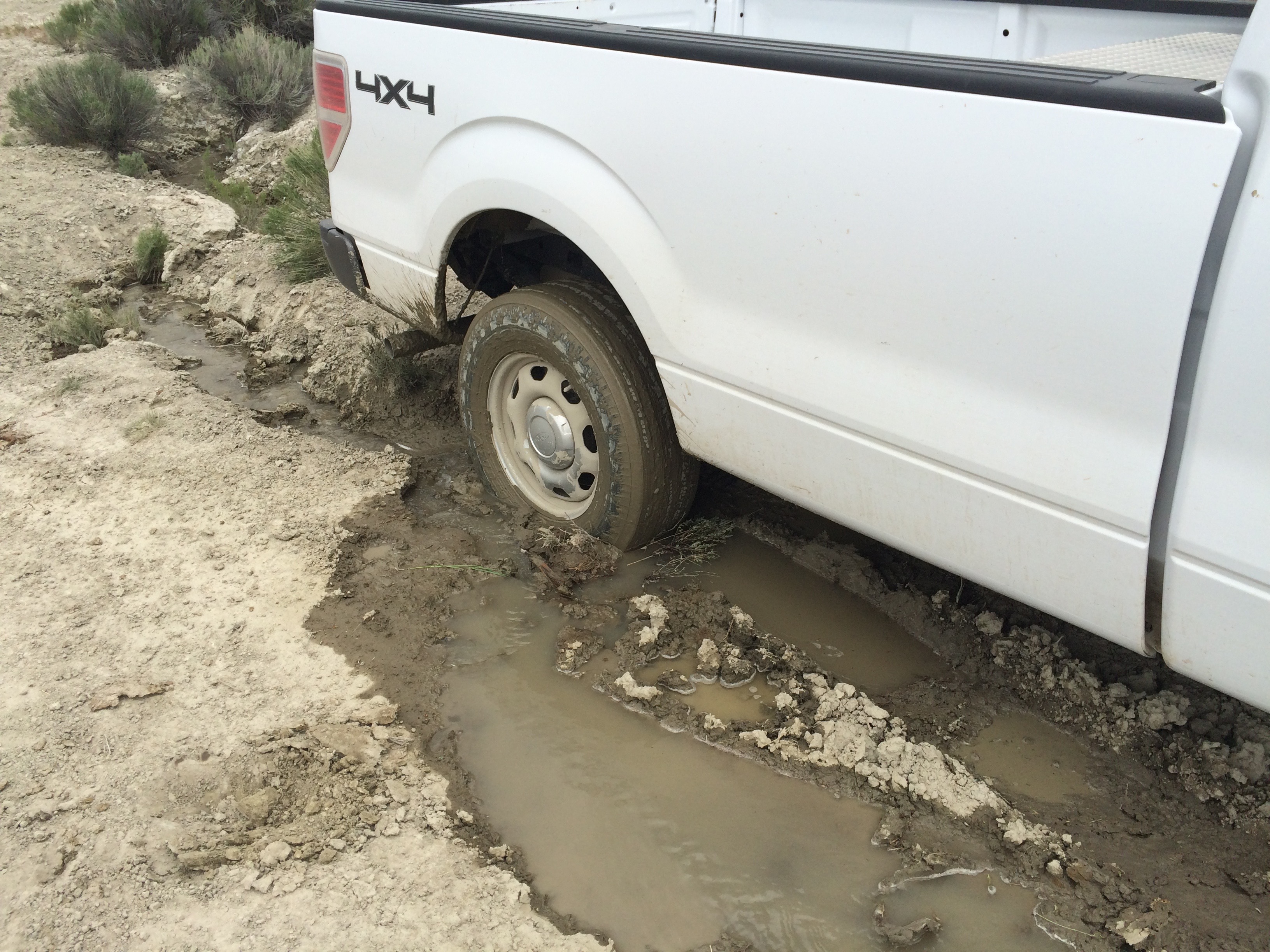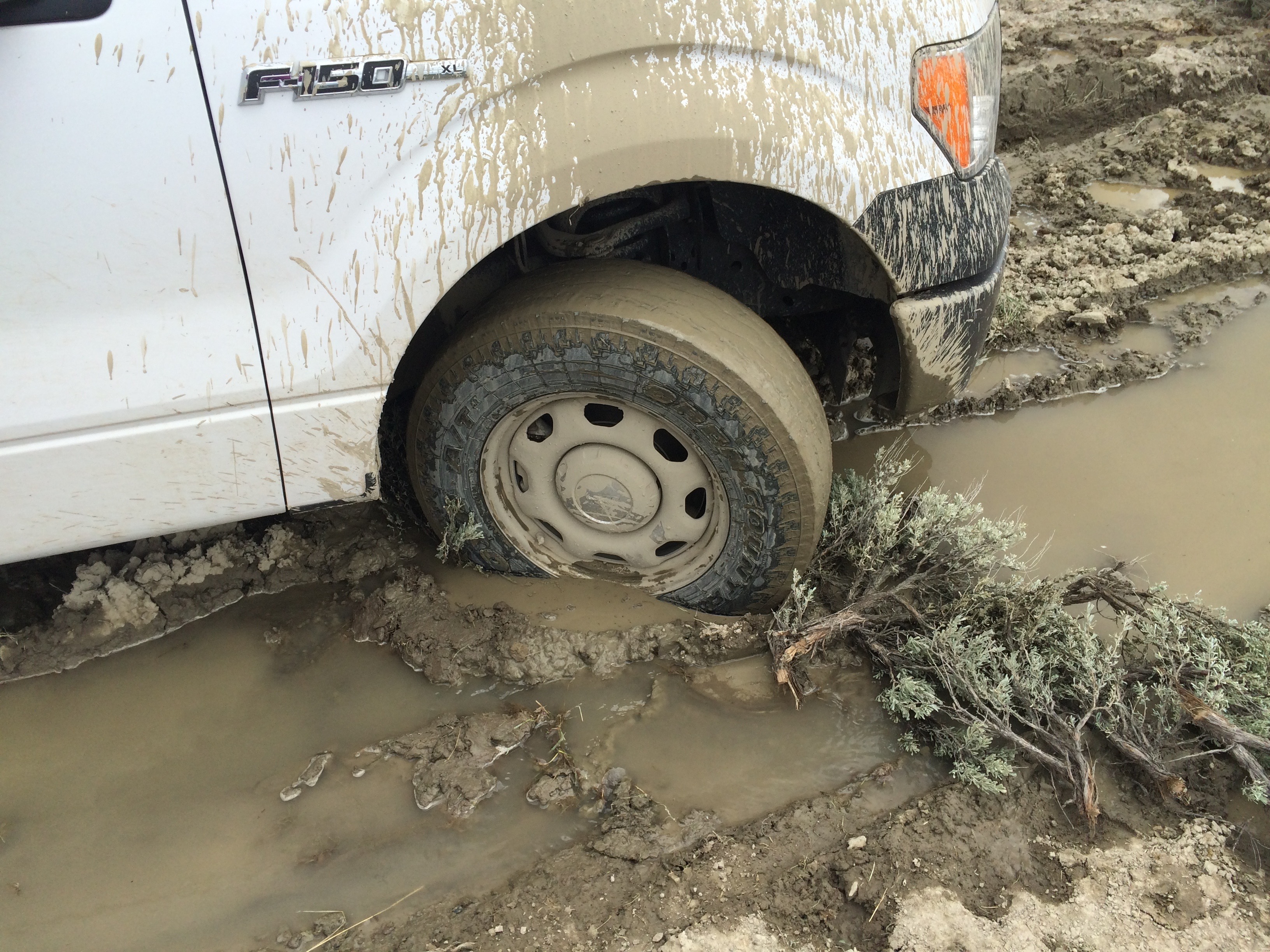“The river tries to make you fluid; you have to be prepared to adjust your plans at a moment’s notice.” – Kevin Hoskins, Recreation Ranger, part time Nature Guru
…
Monday May 8th marked the beginning of my first River Patrol. I had already completed my first week as a recreation intern with the Baker City BLM field office, sitting through various meetings, training videos, and signing the appropriate paperwork. I put up an electric cattle gate, internally screamed as my supervisor Brian drove us up a narrow mountain dirt road, and let out a steady flow of curses as I attempted to back up a trailer, with my other supervisor, Kevin, chuckling at my consternation.
Now we were on week two, and the Baker Rec team was going to float on the Grande Rhonde River with two Forest Service workers, Terry and Celina. Terry, the Forest Service’s invasive plants guy, would focus on spraying weeds while the rest of us would focus on making the campsites look as untouched as possible. With the forecast predicting temperatures in the 70s and hardly any clouds, it had all the makings of fantastic first trip. There was only small detail that made me nervous: the bathroom situation.
Getting the boats ready for launch.
You see, solid human waste in large quantities is harmful to rivers, as well as a potential health risk. Digging a hole in the woods isn’t good enough because the waste could still find its way into the river and also leaves a clear sign that people occupied the campsite previously. The only way you can properly use the facilities while on the river, then, is if you have some way to pack it out.
Translation: my coworkers and I would be pooping in a bucket for the next three days.
Maybe I can hold it, I thought in a moment of panic-stricken horror. To my mind, pampered as I was by a lifetime of indoor plumbing, this restroom requirement was madness. Everyone else, however, seemed fine with the idea of having to evacuate their bowels into a five-gallon plastic bucket, where it would remain until we reached the next toilet some 40 miles downriver. Not wanting to make a fuss, I put a smile on my face, a life jacket on my chest, stepped into the boat and silently regretted the amount of fruit I brought.
The floating began without a hitch, and we were able to make a couple of productive stops. All the while, the dreaded toilet bucket sat nestled in the back of the BLM Rec boat, gleaming with a menacing whiteness that I swore was more than just the sun’s reflection.
Kevin (left) and Brian checking for aluminum in a campfire, with Celina looking on.
On that first day, we set up camp just a few miles downriver. In an unrushed yet steady flow of activity, everyone set up their tents and the cooking station. In the meantime, Terry took the dreaded implement just out of sight of the tents and set up our commode. I started to sweat as I realized that the full day’s work, combined with my high-fiber food choices was beginning to work its magic. I reached my breaking point, and, with a great amount of fear and trembling, I approached the bucket.
There it was. Set up in a small copse outside of camp, it almost looked harmless. Almost. I knew of the vileness within, but there was nothing to do – I could tell my lower intestine was going to clear itself one way or another. I took a deep breath and did my duty as a river ranger: I used the bucket.
The dreaded commode.
I was shocked and relieved to find that the experience was perfectly pleasant. The seat was relatively comfortable, and there were no unseemly smells or sights in the bucket. We were using potting soil to cover our leavings, and I would say it was an unqualified success. I almost did a happy little wiggle while on the bucket, but, fearful of tipping over, I settled for a satisfied sigh. I finished up, used some hand sanitizer, and returned to camp for dinner.
From that point on I looked at the bucket in a new light. It was no longer something to be feared, but an awkward yet reliable friend. I could focus on scarifying campsites and trying to spot wildlife from our boat instead of worrying about my fiber intake.
Work isn’t so bad when this is your view.
The rest of the trip continued without trouble or worry. It’s difficult to be concerned when you get paid to float lazily down a river in great weather. The bucket continued to play an integral part of the float, and I actually began to enjoy my quiet moments with it. There is something calming about sitting on a bucket with the late day’s sun shining through the leaves and the river gurgling along nearby. I still prefer indoor plumbing to be sure, but I now have a soft spot for the toilet bucket.
-Michael Messina, Baker City Field Office, BLM













































 I hope every CLM intern is having as much fun and beneficial experience as I am. Hope everyone has a great summer. Thanks.
I hope every CLM intern is having as much fun and beneficial experience as I am. Hope everyone has a great summer. Thanks.




